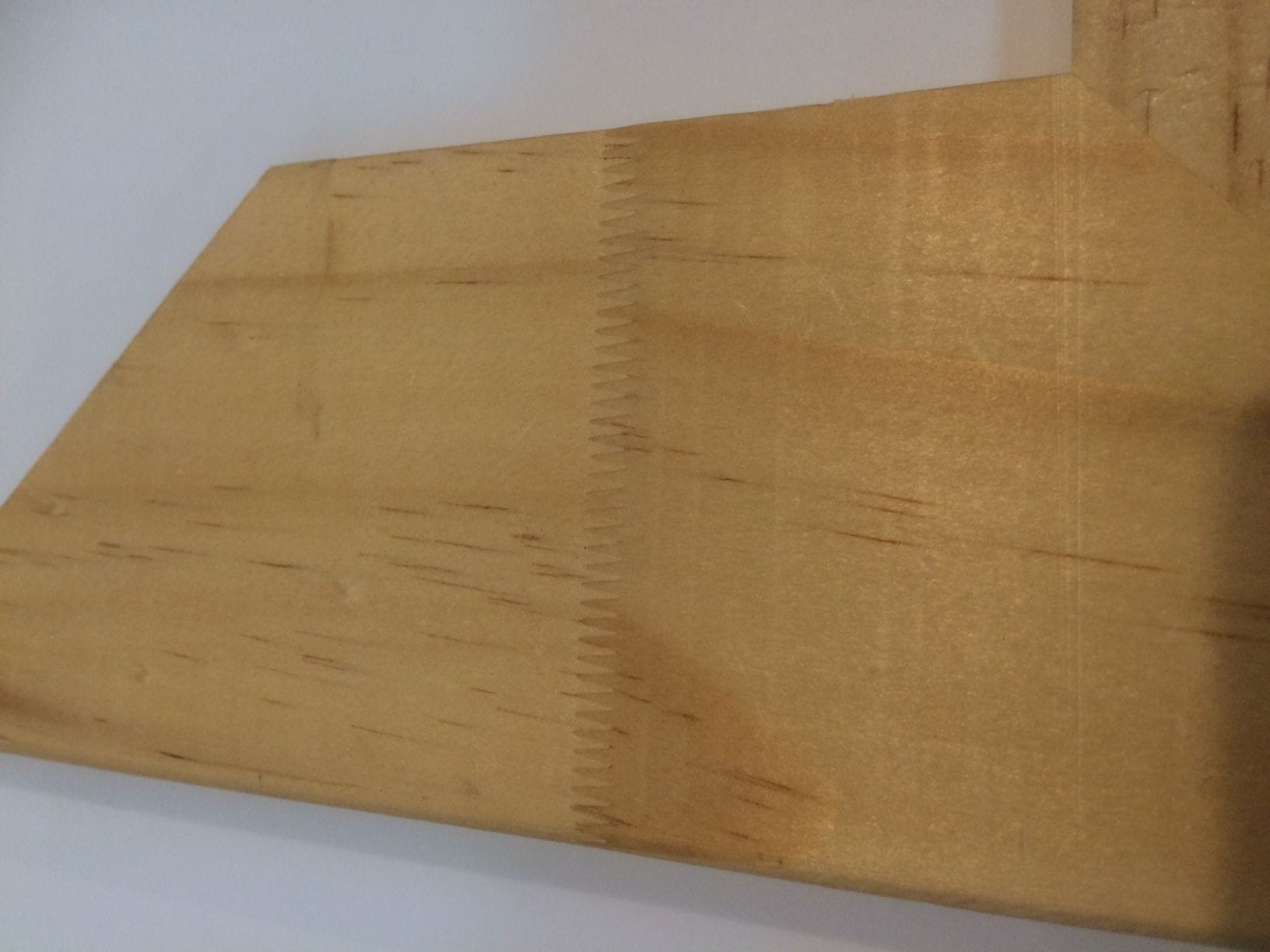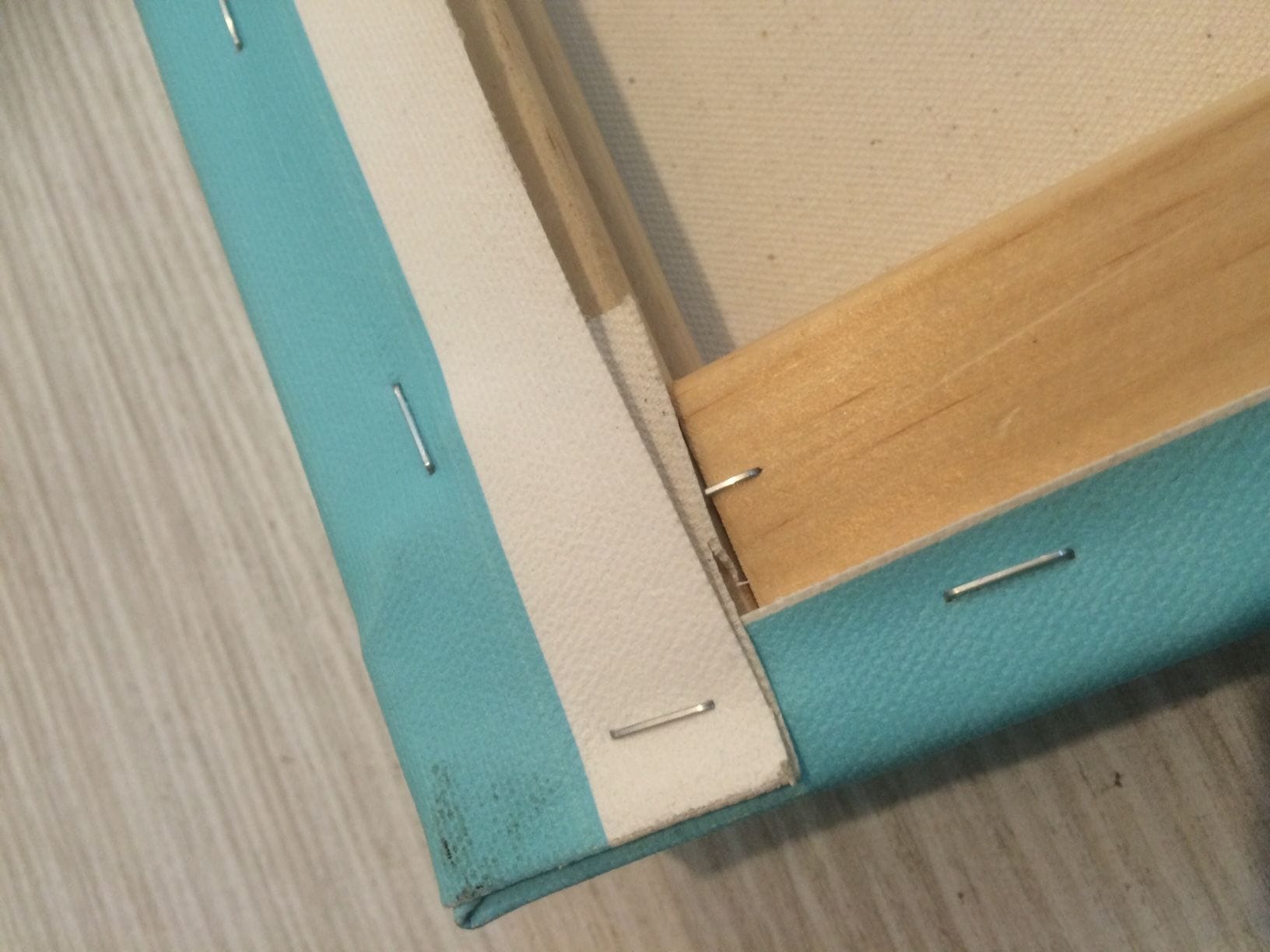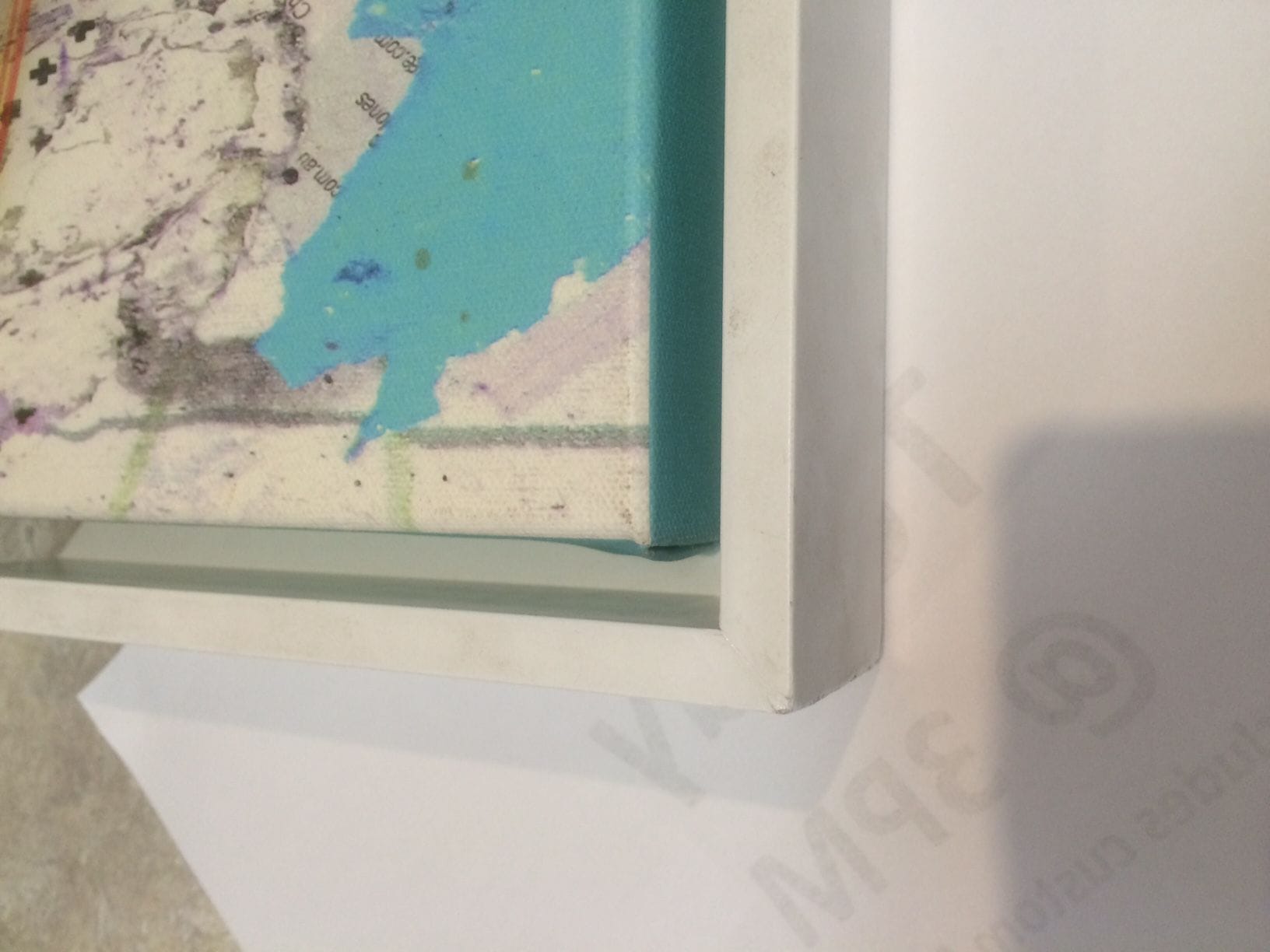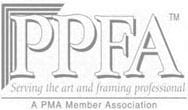HomeFramingCorporateRestorationAbout UsLocalContact Us
Art Online
- Artist
- Adam Cullen
- Adrian Lockhart
- Albert Lange
- Andrew O'Brien
- Andrew Grech
- Chanel
- Charles Blackman
- Chris Bellamy
- David Bromley
- David Larwill
- Eamon Vereker
- Frank Hodgkinson
- Gill De Mace
- Giovanni Kennedy
- Greg Irvine
- Howard Arkley
- Imelda Donnelly
- Jan Neil
- Jarrod Hyde
- Jeff Gardner
- Jenny Croome
- Ji Chen
- John Olsen
- Karen Foenander
- Kati Thamo
- Lara Bardsley
- Linda Zucco
- Liza Clements
- Marines Aquije Ramos
- Mark Knight
- Matthew Perceval
- Matthew Petrucci
- Michelle Evans
- Paul Seaton
- Pop Art
- Peter MacKennal
- Richard Kulma
- Sean O'Donoghue
- Sheehan
- Unknown
- Valerie
- Vanessa Neil
- Indigenous Art
- Bronwyn Liddle
- Edward Blinter Mingurrinjji
- Lin Onus
- Linda Palacios Mowanjum
- Rowdy Warren
- Regina Karadada
- Tommy Watson
- Subject
- GIFT VOUCHERS
- Black Friday Sale 2024
- Roses
- Flowers
- Floral
- Dogs
- Cats
- Streetscape
- Seascape
- Landscape
- Music
- Figurative
- Sporting Memorabilia








